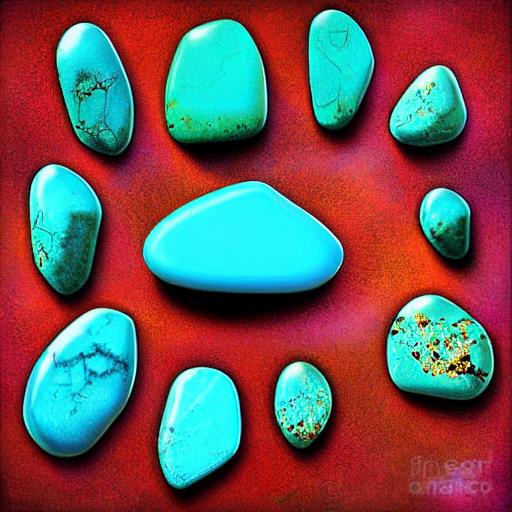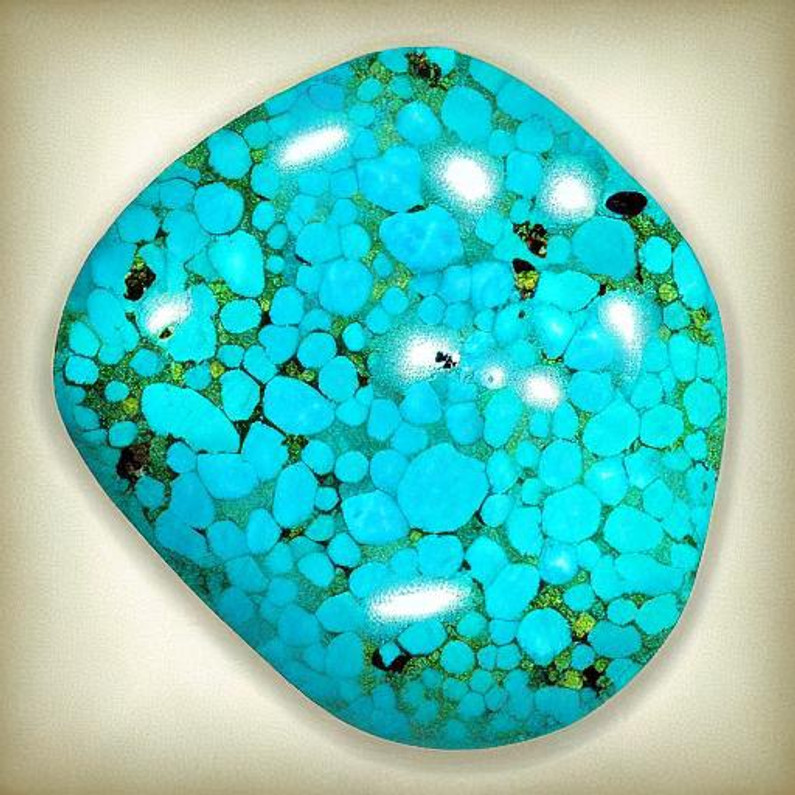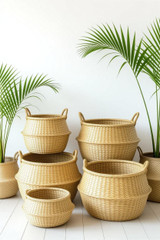"Turquoise: How to Tell the Real from the Fake"
"Turquoise: How to Tell the Real from the Fake"
Turquoise is a beautiful and popular gemstone that has been used for centuries in jewelry and home decor. Due to its high value and popularity, there are many fake or synthetic versions of turquoise in the market. In this article, we will discuss how to tell the real from the fake when it comes to turquoise.

Real Turquoise:
Real turquoise is a naturally occurring mineral that is formed by the interaction of copper and aluminum in rock formations. It is known for its distinctive blue-green color, often referred to as "turquoise blue." Real turquoise is a relatively soft mineral, ranking between 5 and 6 on the Mohs scale of hardness. It is often opaque or slightly translucent, with a waxy luster. Real turquoise can also have veins or matrix patterns caused by the presence of other minerals in the rock formation.
Fake Turquoise:
Fake turquoise can be made from a variety of materials, including plastic, glass, and resin. It is often dyed to mimic the distinctive blue-green color of real turquoise and can be molded to look like the veins and matrix patterns found in natural turquoise. Unlike real turquoise, fake turquoise can be very hard and is often more translucent than opaque. It may also have a synthetic luster, giving it a shiny appearance.
How to Tell Real Turquoise from Fake Turquoise:
- Look for Matrix Patterns: Real turquoise often has veins or matrix patterns caused by the presence of other minerals in the rock formation. These patterns are unique and cannot be easily replicated in synthetic materials.
- Check for Hardness: Real turquoise is a relatively soft mineral, ranking between 5 and 6 on the Mohs scale of hardness. If the material you are examining is very hard, it may be a synthetic material.
- Look for a Waxy Luster: Real turquoise has a distinctive waxy luster that cannot be replicated in synthetic materials. If the material you are examining has a shiny or synthetic luster, it may be a synthetic material.
- Check for Color Uniformity: Real turquoise can have variations in color due to the presence of other minerals in the rock formation. However, these variations should be subtle and not uniform throughout the piece. If the material you are examining has a very uniform color, it may be a synthetic material.
In conclusion, real turquoise is a beautiful and unique gemstone that has distinctive properties that cannot be easily replicated in synthetic materials. By looking for matrix patterns, checking for hardness, looking for a waxy luster, and checking for color uniformity, you can determine whether the turquoise you are examining is real or fake. It is always advisable to purchase turquoise from a reputable dealer to ensure that you are getting a genuine product.
Recent Posts
-
Order the Best Boss Day Gifts for Male & Female Bosses in the UAE from Craftihouse.com
Every year, Boss’s Day is the perfect opportunity to show appreciation for the people who lead, ment …13th Oct 2025 -
How This Gift Came to Life: The Story Behind Our Palm Leaf Baskets
How This Gift Came to Life: The Story Behind Our Palm Leaf Baskets In a world where everything is be …8th Oct 2025 -
Handmade Leather Key Chains – Timeless Souvenirs & Everyday Companions
Handmade Leather Key Chains – Timeless Souvenirs & Everyday Companions Introduction In a world where …25th Sep 2025




